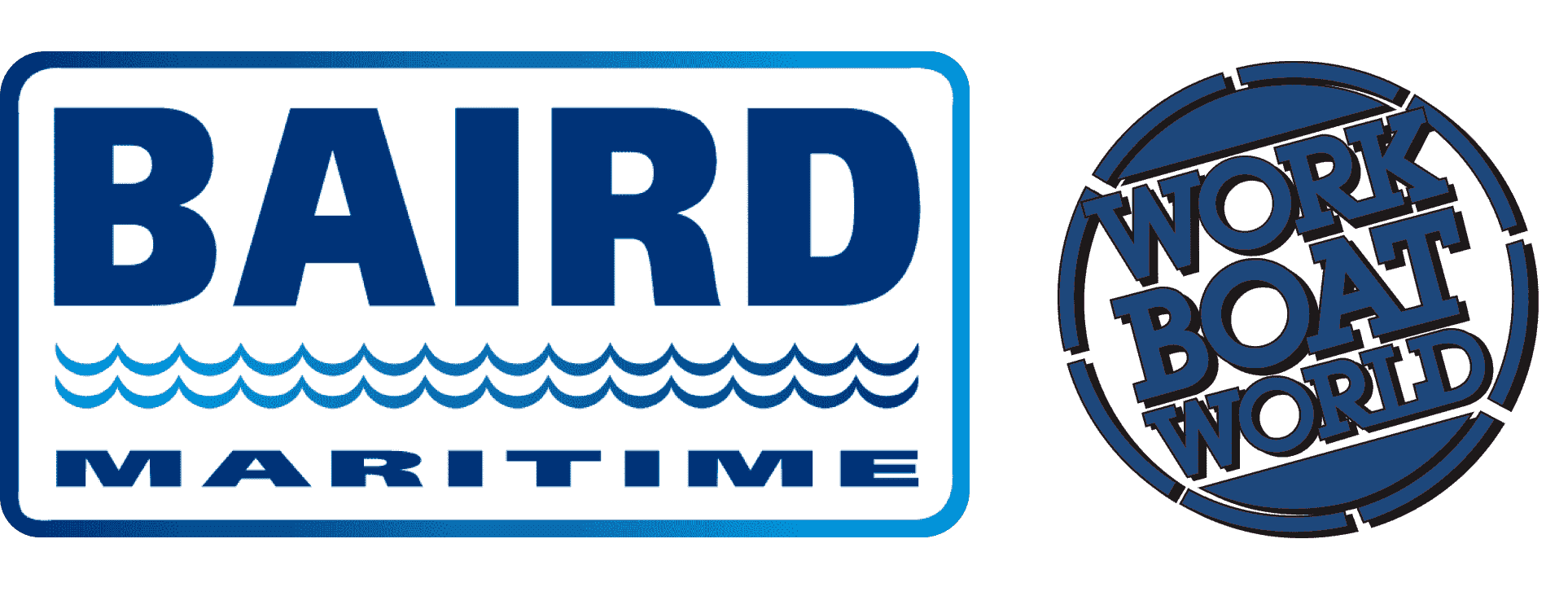VESSEL REVIEW | Tamandare – Brazilian Navy introduces lead ship of new stealth frigate class
The Brazilian Navy is set to welcome a new locally built stealth frigate into service.
The future Tamandaré is the lead ship of a new class of frigates being built by Águas Azuis, a consortium formed by German defence shipbuilder TKMS (formerly ThyssenKrupp Marine Systems) via subsidiary ThyssenKrupp Estaleiro Brasil Sul, Embraer Defense and Security, and Atech.
TKMS provided design and construction support while Embraer integrated the sensors and weaponry. Atech, an Embraer company, worked with Atlas Elektronik in supplying the combat management system (CMS). TKMS said the Tamandaré-class frigate program aims to modernise and strengthen the operational capabilities of the Brazilian Navy with modern ships that feature local components.
Based on a proven German warship design
Although built in Brazil to comply with Brazilian Government requirements for major defence programs, the Tamandaré-class ships are based on the MEKO A-100 frigate originally developed by Germany, making the Brazilian Navy the second export customer of the sub-type (the MEKO A-100 also served as the basis for the Polish Navy’s offshore patrol vessel ORP Ślązak).
Once in service, the frigates will be used for both territorial defence – encompassing anti-air, anti-surface and anti-submarine warfare – and humanitarian aid missions.
The ships were built in blocks joined at different times. TKMS said this makes it possible to install accessories and foundations in advance, in addition to facilitating the placement of equipment on board and enabling work to proceed in different stages in a segregated manner for each unit.
The process also improves employee safety by keeping spaces open longer during construction.
Fitted out for defence and precision strike
The future Tamandaré has a length of 107.2 metres (351.7 feet), a beam of 16 metres (52 feet), a draught of 5.2 metres (17 feet), a displacement of 3,500 tonnes, and space for 130 crewmembers. Four MAN and four Caterpillar engines in a combined diesel and diesel arrangement drive two five-bladed controllable-pitch propellers to deliver a maximum speed of 25.5 knots and a range of 5,000 nautical miles at a cruising speed of 14 knots.
The armament includes a Leonardo 76mm naval gun, a Rheinmetall Sea Snake 30mm close-in weapon system, two FN Herstal Sea Defender 12.7mm machine guns on remote weapon stations, 12 Sea Ceptor surface-to-air missiles housed in a vertical launch system, 12 anti-ship missiles, a Terma C-Guard decoy launcher, and torpedoes that are to be fired from port and starboard triple launchers.
The anti-ship missile selected for use on the Tamandaré-class frigates is the MANSUP, a new missile co-developed by the Brazilian Navy. The ships can also be outfitted to launch land attack cruise missiles in the future.
In addition to the CMS, the electronics suite includes a Hensoldt AESA radar capable of tracking up to 1,000 separate targets at a maximum range of 250 kilometres (150 miles), a Thales fire control radar, an Anschütz X-band radar, Omnisys electronic warfare and electronic countermeasures equipment, an Atlas hull-mounted sonar, a Safran electro-optical sensor, and an IFF interrogator.
Flight deck and hangar facilities are available for use by a multi-role helicopter as well as unmanned aerial vehicles. There is also space for two rigid inflatable boats for use in at-sea interceptions and boardings.
The future Tamandaré will undergo final preparations until her official delivery to the Brazilian Navy at the end of 2025. The future Jeronimo de Albuquerqe and two other ships in the class are meanwhile scheduled to be handed over by 2028.


